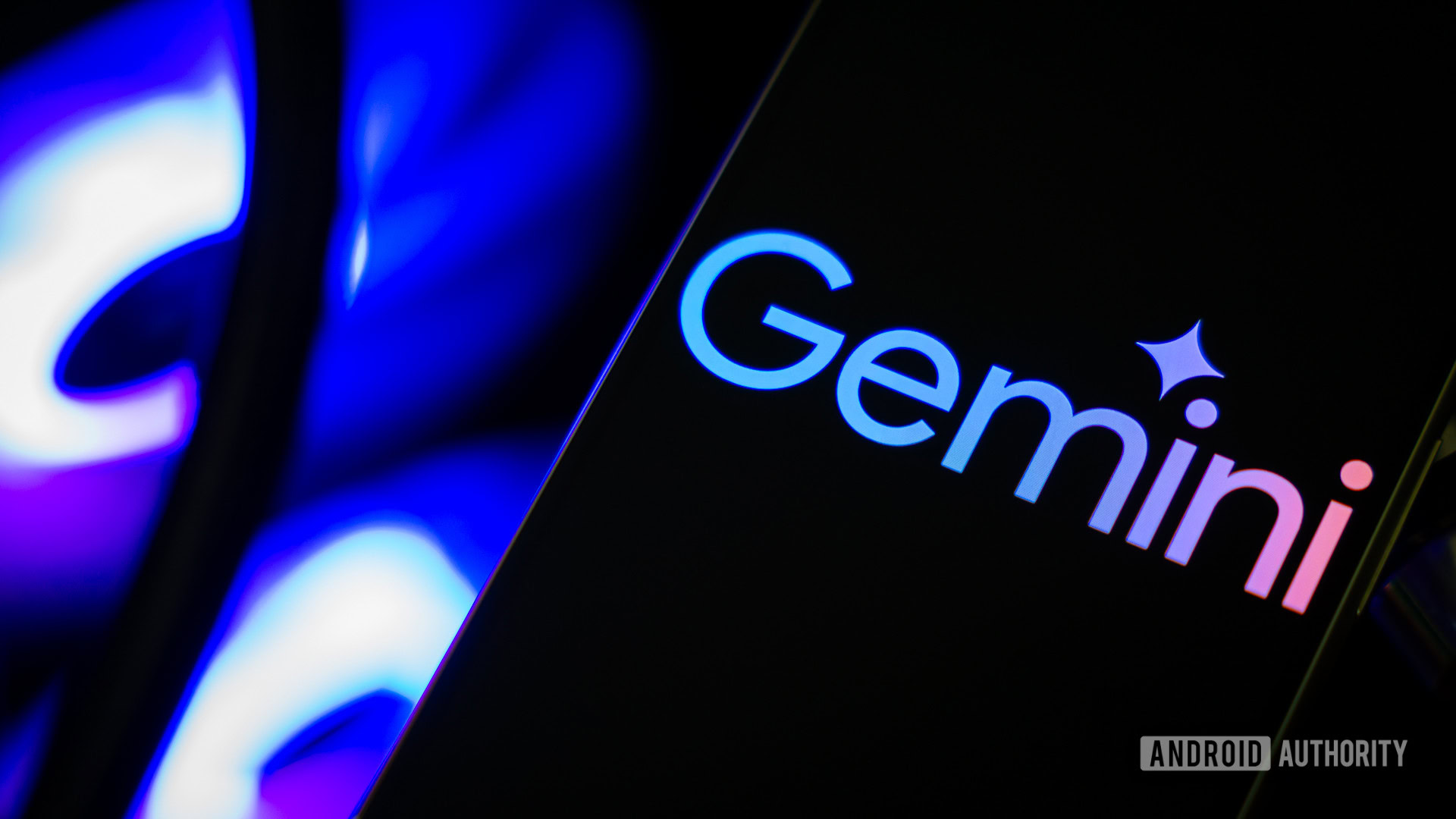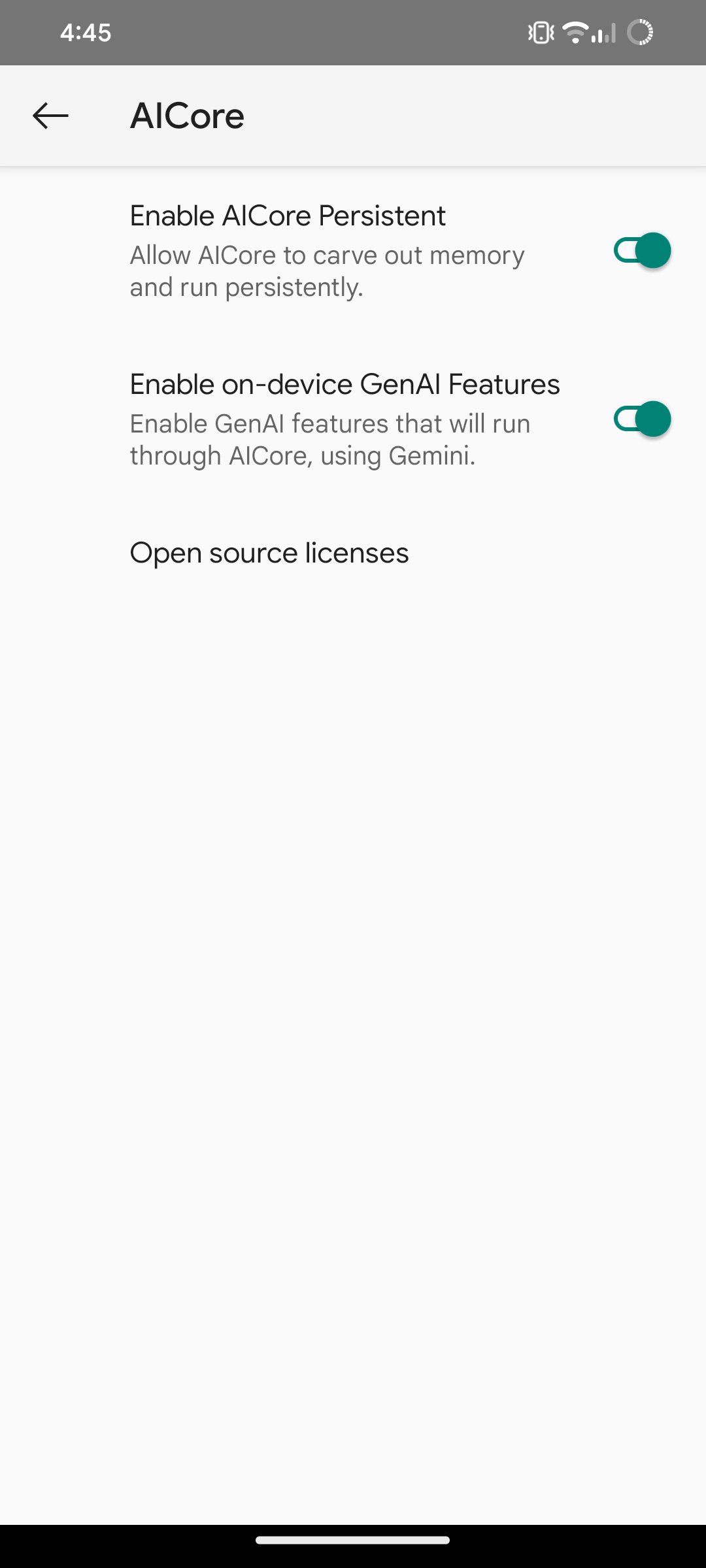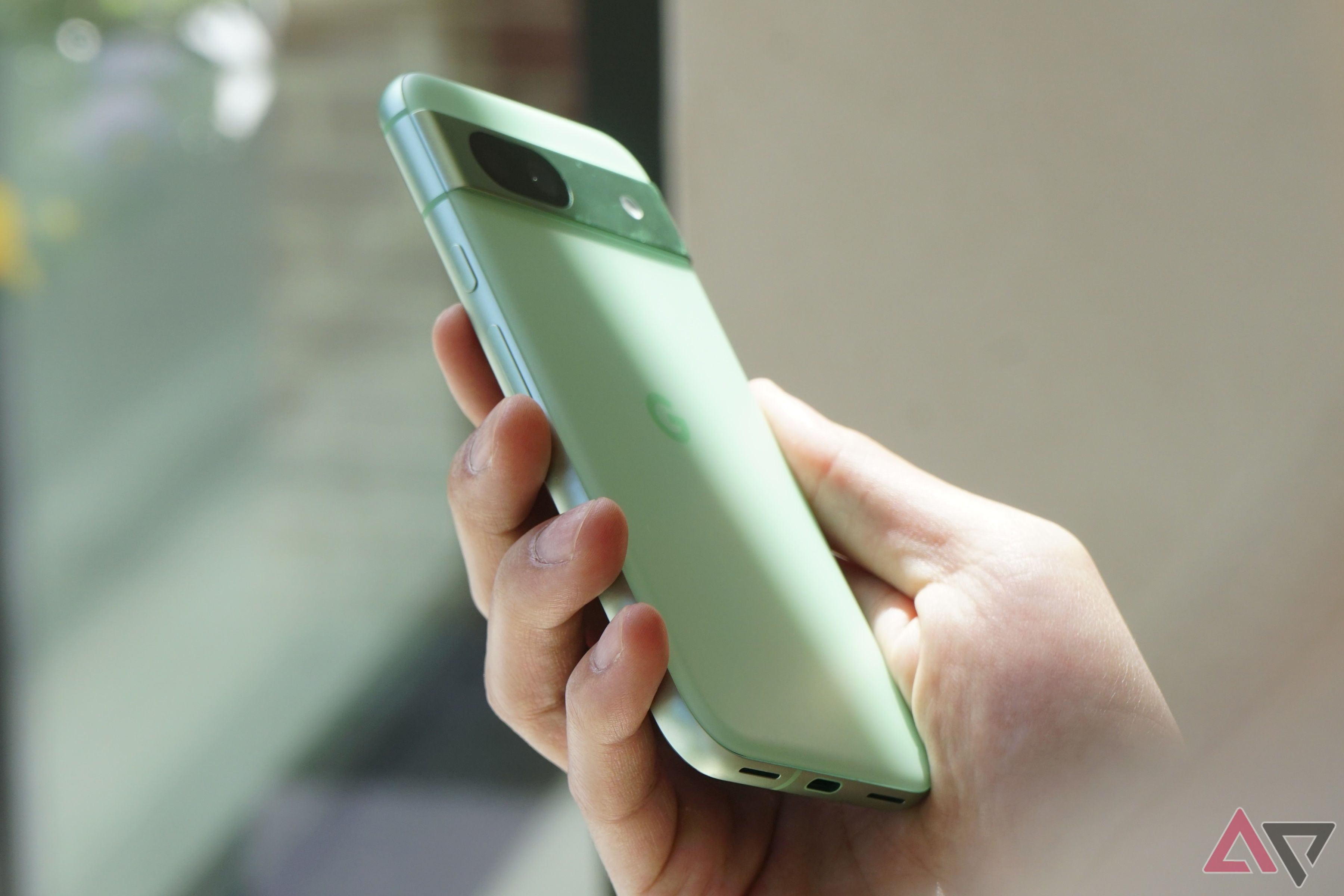Google Pixel 8a vs Pixel 8: What’s the difference and which should you buy?
The Google Pixel 8 was officially announced in late 2023 bringing quite a few improvements with it at the time, though it’s since been succeeded by the new Pixel 9 series. The Pixel 8 can often be found at a sharply discounted price these days, but it’s also pretty similar in specs to the Pixel 8a. Which of these devices should you actually buy? Good question. Let’s dive in and take a brief look at the Pixel 8 vs Pixel 8a.
Google Pixel 8a vs Pixel 8: Specs
| Google Pixel 8a | Google Pixel 8 | |
|---|---|---|
| Display | 6.1-inch OLED 120Hz refresh rate 2400 x 1080 resolution 20:9 aspect ratio | 6.2-inch OLED 120Hz refresh rate 2400 x 1080 resolution 20:9 aspect ratio |
| Processor | Google Tensor G3 | Google Tensor G3 |
| RAM | 8GB | 8GB |
| Storage | 128/256GB | 128/256GB |
| Battery | 4,492mAh 18W wired charging 7.5W wireless charging No charger included | 4,575mAh 27W wired charging 18W wireless charging (with 2nd-generation Pixel stand) 12W wireless charging (with other Qi-enabled chargers) No charger included |
| Cameras | Rear: 64MP wide camera ƒ/1.89 aperture OIS + EIS 13MP ultra-wide camera, 120deg FoV ƒ/2.2 aperture Front: 13MP ƒ/2.2 aperture | Rear: 50MP wide camera ƒ/1.7 aperture OIS + EIS 12MP ultra-wide camera, 125deg FoV ƒ/2.2 aperture Front: 10.5MP ƒ/2.2 aperture |
| Connectivity | 5G 4G LTE Wi-Fi 6e Bluetooth 5.3 NFC | 5G 4G LTE Wi-Fi 7 Bluetooth 5.3 NFC |
| Operating System | Pixel UI Android 14 | Pixel UI Android 14 |
| Water resistance | IP67 | IP68 |
| Colors | Aloe, Bay, Obsidian, Porcelain | Hazel, Rose, Obsidian, Mint |
| Dimension and weight | 152.4 x 73.7 x 10.1mm 192.8 grams | 150.5 x 70.8 x 8.9mm 187 grams |
In many ways, the Google Pixel 8a and Pixel 8 are so similar that they’re easy to compare. They share nearly identical displays, dimensions, software experiences, and update commitments, many of which we’ll get to in a minute. That said, the similarities also make it far more difficult to find daylight between the two when deciding which one is right for you.
In some ways, however, the similarities pay off for fans of the more affordable Pixel A series. Both phones pack the same Tensor G3 chipset, Titan M2 security core, and identical options for both RAM and storage. As a result, they produced almost identical results in our performance benchmarks and day-to-day usage.
As you can see in the graphs, the more affordable Pixel 8a delivers results nearly identical to those of the Pixel 8 and, in our graphically intensive stress testing, actually maintains its performance better than the flagship. While benchmarking numbers don’t usually mean too much in an average day of mixed usage, they’re often a good indicator of how well a phone will keep up, and the Pixel 8a has no problem cruising through a day of web browsing, social media scrolling, and light gaming just as well as its premium counterpart.
On top of that, the Pixel 8a and Pixel 8 ship with Android 14 out of the box and one of the best update commitments in the industry. Google decided to keep pace with Apple’s lofty promise when it added seven years of Android updates, feature drops, and security patches to the Pixel 8 series in late 2023, and now the Pixel 8a gets the same benefit. That not only puts it on par with the flagships but ahead of its similarly priced rivals.
All of these shared features also mean that both the Google Pixel 8a and Pixel 8 support the same set of AI-powered features and lean heavily on Gemini as Google transitions to its powerful new assistant (with Google also confirming Gemini Nano on-device support that will land in a future Feature Drop). You can tap into helpful extras like Circle to Search, generative wallpapers, Live Translate, and several calling features like Hold for Me, Call Screen, and Smart Replies. Both phones have plenty of photo editing options, too, which we’ll come back to down below.
Google Pixel 8a vs Pixel 8: Design, size comparison, and colors
![]()
I don’t blame you if you feel like you’re seeing double looking at the picture above. Google’s Pixel design is pretty well nailed down at this point, with flat displays and camera bars across the board, but the Pixel 8 and Pixel 8a are about as close to twins as you can get.
The two devices are nearly the same height, width, and thickness despite the Pixel 8 offering an extra tenth of an inch of display real estate, sitting at 6.2 inches to the Pixel 8a’s 6.1 inches. Yet, despite its slightly smaller display, the Pixel 8a offers almost the same specs as its more polished counterpart. There’s only a weight difference of a few grams between them, something I hardly noticed while carrying both around for a few days. Both phones have 60 to 120Hz Actua Displays with 14 hundred nits of HDR and 2,000 nits of peak brightness, and they feel just about identical if you’re swiping up and down or mindlessly scrolling social media. Just note that the Pixel 8a comes locked at 120Hz by default, so you’ll have to opt in for the variable refresh rate. On top of that, the OLED panels have the same 1,080 by 2,400 resolution, meaning that the more affordable Pixel is just a hair more pixel-dense.
Honestly, I’ve found that the best way to tell the Pixel 8 and Pixel 8a apart is the latter’s much rounder corners, making it feel a bit smaller in the hand — something that I thoroughly appreciate as a person with smaller hands. Google’s premium Pixel 8 sports glossy Gorilla Glass Victus on the back, too, while the Pixel 8a has a matte composite (it’s plastic, call it plastic) back that looks a bit more like the Pixel 8 Pro. Personally, I prefer the feeling of the 8a when I reach into my pocket, mostly because I know I won’t pull out a phone that’s covered in smudges. The flagship Pixel 8 is the slightly more durable of the two, using Gorilla Glass Victus on both the front and back and carrying an IP68 rating against water and dust to the Pixel 8a’s IP67.
Both Pixels also share matching in-display fingerprint readers and matching buttons and ports scattered around their aluminum frames. To my eye, both fingerprint readers seem to register at the same speed, so it’s nice to see Google keep one standard fingerprint reader instead of going cheaper for the mid-range. Also, you’ll find the power and volume controls on the right edge with a lone SIM tray holding down the left. The USB-C port is also flanked by a pair of stereo speakers.
Google Pixel 8a vs Pixel 8: Camera
![]()
Although the camera bars on the Pixel 8 and Pixel 8a may look the same, they have a few differences across their dual-camera setups. The Pixel 8a’s budget camera setup offers more megapixels to play with, pairing a 64MP primary camera and a 13MP ultrawide sensor. Don’t be fooled by the bigger numbers, though, as the individual pixels are slightly smaller on both sensors, meaning that the cameras aren’t quite as well equipped for lower-light scenarios. The Pixel 8a’s ultrawide sensor also has a slightly narrower 120-degree field of view and misses out on Macro Vision — a software feature that both the Pixel 8 and Pixel 8 Pro support.
Moving over to the more premium Pixel, it pairs its 50MP primary camera with a 12MP ultrawide sensor, both of which are larger than the options on the Pixel 8a. On top of having slightly larger individual megapixels, the Pixel 8’s primary camera is capable of a 2x in-sensor crop, giving you a little bit more optical zoom range before switching to digital zoom.
Both the Pixel 8 and Pixel 8a have dual rear cameras, but the flagship packs a bit more punch.
The Pixel 8a has a slightly sharper selfie camera, too, with 13MP to the Pixel 8’s 10.5MP, though the results are pretty similar from both sensors based on our tests.
As you can see in the samples below, the Pixel 8 and Pixel 8a are just about neck and neck in some of the most common shooting scenarios. They’re well matched in color and details, and even the ultrawide shots are almost identical despite the slightly different fields of view.
 Google Pixel 8a
Google Pixel 8
Google Pixel 8a
Google Pixel 8

There are a few slight differences when it comes to capturing selfies, though. Despite both phones defaulting to 1x zoom when you flip the camera around, not all definitions of 1x zoom are created equal. The Pixel 8a offers a much wider frame than the Pixel 8, making it much easier to fit additional people and background details into your selfie. Both shots look good as far as colors go, but it’s somewhat surprising to see such a difference between the default zoom lengths.
Google’s Pixel 8 also handles its longer zoom lengths much better than the Pixel 8a. Its larger sensor seems to maintain both color and detail better than the smaller sensor on the mid-range phone. The difference is most noticeable on finer lines like the name of the ship below and the details in the wood planks of the dock.
As far as camera features go, Macro Vision is the only major omission from the Pixel 8a — everything else is almost exactly the same. Neither device offers Google’s new Pro controls, but both can tap into Night Sight, Top Shot, Portrait Mode, Cinematic Pan, and punch in with Super Res Zoom up to 8x.
Both phones also offer similar video features, with up to 4K recording from the front and rear sensors. However, the Pixel 8 packs a few more options regarding the frame rate, with 24fps available on both front and back and 60fps on the selfie camera. Google’s Pixel 8a, on the other hand, is limited to 30fps from the selfie camera at both 4K and 1080p.
Google Pixel 8a vs Pixel 8: Battery life and charging
Given their similar overall size and specs, it’s no surprise to see the Pixel 8 and Pixel 8a toting nearly identical batteries. The Pixel 8 has the slightly larger cell of the two — 4,575mAh to the Pixel 8a’s 4,492mAh — but our battery testing showed that the mid-ranger stretched its juice further in most cases. In fact, it put up better numbers while on a Zoom call, snapping photos, recording 4K video, and even significantly better 4K playback performance. Outside of the lab, both phones can easily power through a full day of usage. I got into a habit of using adaptive charging overnight and regularly found myself hitting the end of the day with at least 20% remaining.
However, one area where there’s a little bit of daylight between the Pixel 8 and the Pixel 8a is in their charging setups. The Pixel 8 is much quicker, supporting up to 27W wired charging with a compatible USB PD PPS charger, while the Pixel 8a tops out at 18W. There’s a big difference in wireless charging capabilities, too, with the more expensive device capable of up to 18W with the second-generation Pixel Stand and 12W with other Qi-enabled pads while the mid-ranger is limited to 7.5W, no matter the charger.
While the difference in charging speed from 18W to 27W may not sound too vast, our controlled testing showed that the Pixel 8a took about 20 more minutes to reach a full battery than its Pixel 8 counterpart, so it might pay to spend just a little bit more if you need to get back up and running in a hurry.
Google Pixel 8a vs Pixel 8: Price and availability
Google Pixel 8a: Starts at $499
Google Pixel 8: Starts at $699
If you’re close to making your decision between buying the Pixel 8 and Pixel 8a, I guess you should know how much each phone will cost you. Well, for starters, both phones are widely available in the US, both unlocked and on deals through major carriers like Verizon, T-Mobile, and AT&T.
If you’re leaning toward the Pixel 8a, it starts at $499 with 128GB of storage — the same price as the previous Pixel 7a. It’s also available in four colors: Bay, Aloe, Obsidian, and Porcelain. Should you decide you need 256GB of storage right off the bat, it’ll set you back $559, and you’re limited to the Obsidian finish.
On the other hand, if you’re leaning toward the flagship Pixel 8, it kicks off at $699 with the same 128GB of storage. It launched in three colors, Hazel, Obsidian, and Rose, but Google has since added a fourth Mint color that’s a little softer than the Pixel 8a’s Aloe option. You can upgrade to 256GB of storage for the same $60 fee, bumping your price to $759.
Google Pixel 8a vs Google Pixel 8: Which should you buy?
![]()
Now that we’ve gone through every last piece of the Google Pixel 8 and the Google Pixel 8a, it’s about time to decide which one is right for you. Unlike a lot of comparisons where we end up saying that the right one comes down to your personal preference, there’s a pretty clear winner here — but it comes with a caveat.
The easy answer when choosing between the Pixel 8 and the Pixel 8a is to tell you to buy the flagship Pixel 8 — one of the best Android phones around — but only to do so when you can find it on sale. These two phones share so much in common, from the chipset to the camera quality to 90% of their respective designs, that Google is relying on the difference in price to sway people one way or another.
At MSRP, it's a tricky call, but recent sales for the Pixel 8 make the Pixel 8a a tough sell.
When compared at full price, the Pixel 8a seems like a great deal, given how many flagship specs it boasts, but as soon as you factor in discounts, the $200 gap suddenly feels much smaller, and the Pixel 8’s more premium aspects like faster charging and better materials feel that much more attainable.
Google Pixel 8a vs Google Pixel 8: FAQ
When did the Google Pixel 8 and Pixel 8a come out?
Google launched its flagship Pixel 8 on October 4, 2023, following it up with the Pixel 8a on May 7, 2024.
Do the Google Pixel 8 and Pixel 8a have wireless charging?
Yes, both phones support wireless charging, but the Pixel 8 is faster with 18W speeds to the 7.5W speeds of the Pixel 8a.
Do the Google Pixel 8 and Pixel 8a have headphone jacks?
No, neither the Pixel 8 nor the Pixel 8a has a headphone jack.
Are the Google Pixel 8 and Pixel 8a waterproof?
The Google Pixel 8 packs an IP68 rating while the Pixel 8a offers IP67 resistance against water and dust. That means both phones can withstand submersion in water for up to 30 minutes.
Do the Pixel 8 and Pixel 8a have SIM slots?
Yes, both the Pixel 8 and Pixel 8a have slots for SIM cards on their left sides.
Do the Pixel 8 and Pixel 8a support dual-SIM? What about eSIM?
Yes, both the Pixel 8 and Pixel 8a support dual-SIM with a single nano-SIM and an eSIM profile.
Do the Pixel 8 and Pixel 8a have SD card slots?
No, the Pixel 8 and Pixel 8a do not have SD card slots — both come with either 128 or 256GB of fixed storage.





